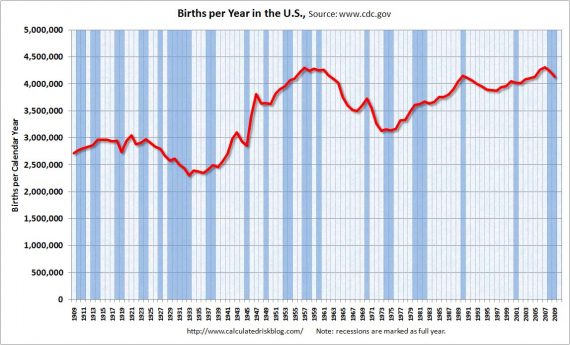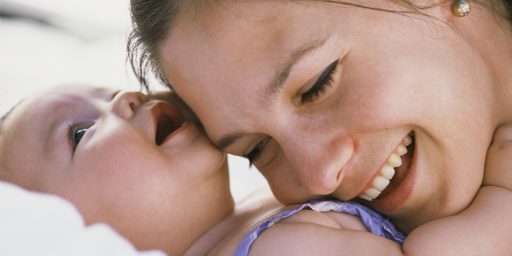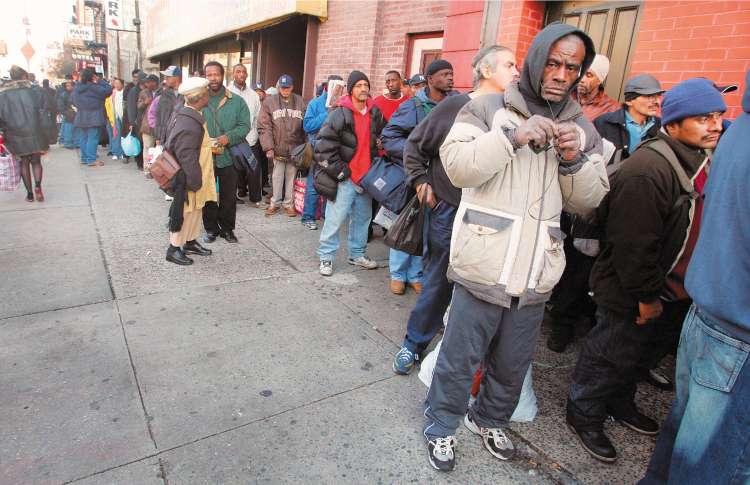Chart Of The Day: Economics And Fertility
Via Calculated Risk, comes this chart showing that the Great Recession has impacted more than just people’s pocketbooks:
The NCHS reports that U.S. births declined to 4.136 million in 2009, from 4.247 million in 2008. The birth rate declined to 13.5 from 13.9 in 2008 (births per 1000 total population).
Births have declined for two consecutive years, and are now 4.2% below the peak in 2007. I suspect certain segments of the population were under stress before the recession started – like construction workers – and even more families were in distress in 2008 and 2009. Of course it takes 9 months to have a baby, so families in distress in 2009 probably put off having babies in 2010 too.
Notice that the number of births started declining a number of years before the Great Depression started. Many families in the 1920s were under severe stress long before the economy collapsed. By 1933 births were down by almost 23% from the early ’20s levels.
There could be other reasons for the decline in births, of course, including demographics, but the fact that the 2007 decline came at a time with the birth rate was on an up-tick argues strongly that families in financial distress, or even financial uncertainty, are putting off having children,






There doesn’t look to be much of a historical correlation, how is this not just a coincidence?
You can draw a similar graph (and I think CR has) on “household formation.”
I can’t remember the numbers, but an extra whammy on the housing market was that we lost a large number of households during this recession, as kids returned home and people became roomies.
So anyway, sure, lower household formation, less readiness to have kids.
Yeah, if anything there is at least some evidence for a negative correlation.
Births seem to have started a decline around 1923 – and continued to decline till ’33. Both the “roaring twenties” and the beginnings of the “great depression”. If anything there was a slight uptick around the time of the crash. This statement:”Many families in the 1920s were under severe stress long before the economy collapsed.” seems to be an absolutely lame attempt to dismiss evidence that clearly contradicts the hypothesis.
Births seemed to pick up rather dramatically around 1939 – the real start of the baby boom??? What does that correlate with?
Births seem to have started a long decline at the beginning of the sixties – a period of very good economic expansion. They started to pick up in the mid-seventies – a time of economic malaise. And they seem to decline again in the nineties – a time of record expansion.
So no, I don’t see any evidence whatsoever for a positive correlation between economic strength and fertility. If anything, its the opposite.
Additionally, many of the births in recent decades have been children born to immigrants. That’s largely why, different from many OECD countries, we’ve had a birth rate above the replacement rate. If, as has been widely speculated, the number of immigrants returning to their native countries has been substantial, you would think that might reduce the birth rate.